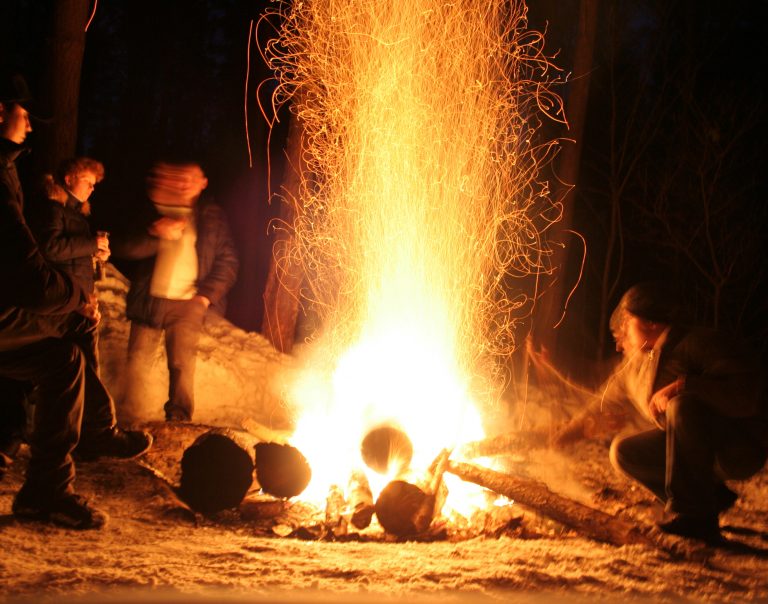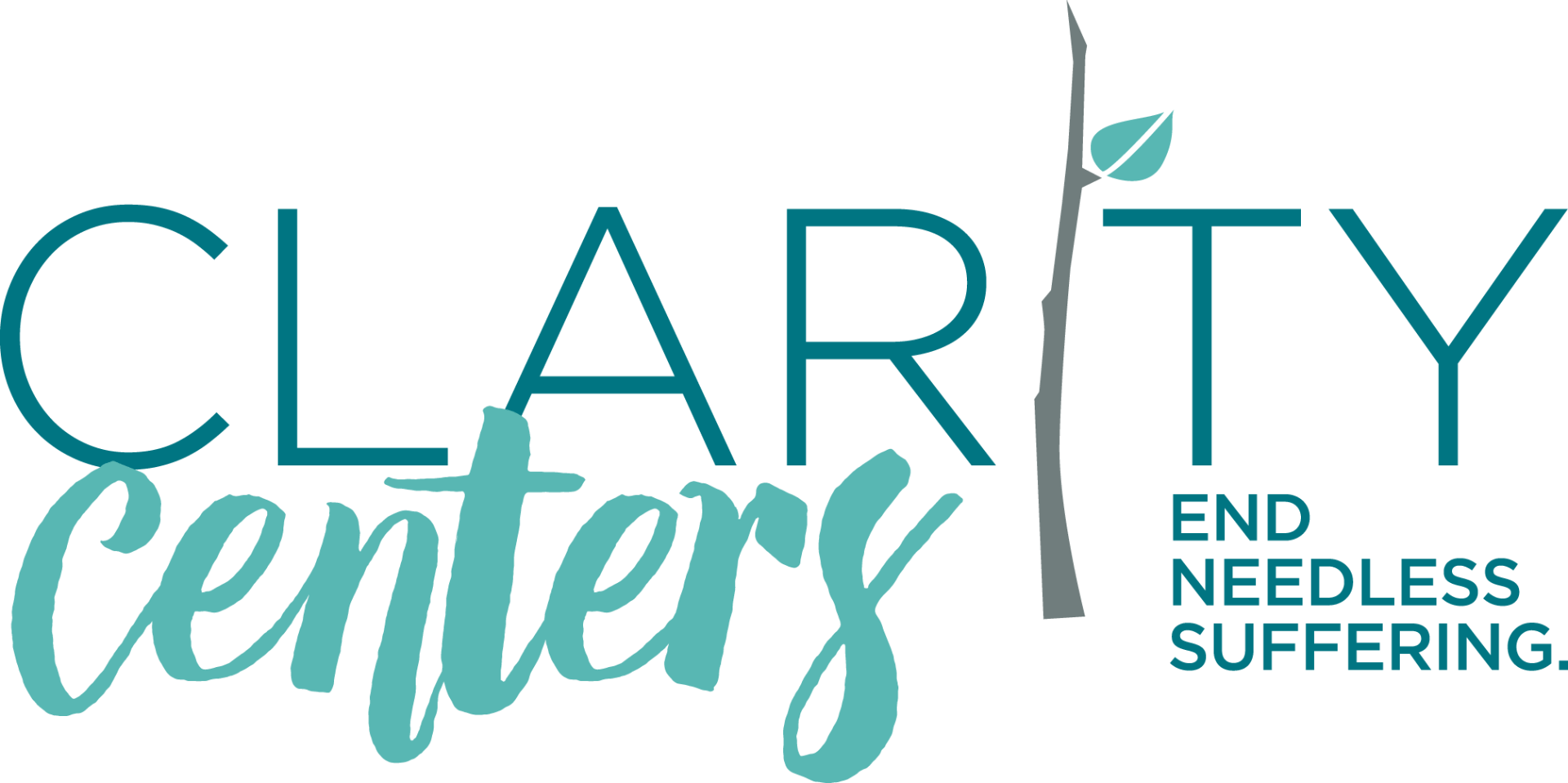Founding Fire Part Three: Preparation

In this post from my childhood memories around the fireplace, I am focused on the the internal resources you must have to create that spark that leads to a good fire. Preparation–especially in the midst of frustration–is our focus. When my father started a fire in our fireplace, I could tell it took him some effort. Sometimes he became frustrated at how long it was taking. But, when the fire truly caught and began to grow, I became so excited. I wondered over the colors of the flames, and worried over the inevitable creaks and loud pops that sometimes surprised me. I could stare for hours at those fires my father created, so curious about the magic of how it started and how it kept going.
MAGIC TRICKS OR PREPARATION?
Now, when I make a fire at my own home–where in Maryland a fire is definitely appreciated when it’s 10 degrees outside–I have some tricks I use. I gather the tiniest twigs and stack them in a little tee-pee. I might even use some very dry bark underneath. I have some fun balancing the twigs and making just enough room for the match to come underneath them. I also gather a few larger branches and keep them to the side when I will put them on the growing fire. When it’s just the right amount, the fire comes easily. If I rush it, piling on too many large branches too soon, the flame sputters and expires.
FRUSTRATIONS WITH FAILURE
I hate when my flame sputters. No, really, I hate it a lot. I think it must be because I equate fire-starting with being a good son that has properly learned the lessons his father passed on. I can fall into what I call “should thinking.” I think: “I should know how to do this.” “This should be easy for me.” “I should be able to do this better.” Any of these frustrations familiar to you? I had a professor once tell my class “Don’t should on yourself!” suggesting that we associate this to a different word with “sh” at the beginning. However, I’ve found that “should thinking” rarely works to motivate me for long, or even for good outcomes. How about you?
CLOSENESS AND TEAMWORK
The closeness of the twigs and branches is also important for a fire. Fire grows best when it can jump from resource to resource, using new fuel just when it is needed. I see an application of this to the power of connections that a family or a team can generate. There is much that can be accomplished when people are working towards common goals, sharing ideas in a non-threatening atmosphere, and encouraging each other to keep it up. Sometimes, in a frustrating fire-starting process, I clear out the space and start again with different resources. And just like my father, there may be a few curses groaned out to the universe. But a flame doesn’t care about your curses, it only arrives when you invite it properly.
